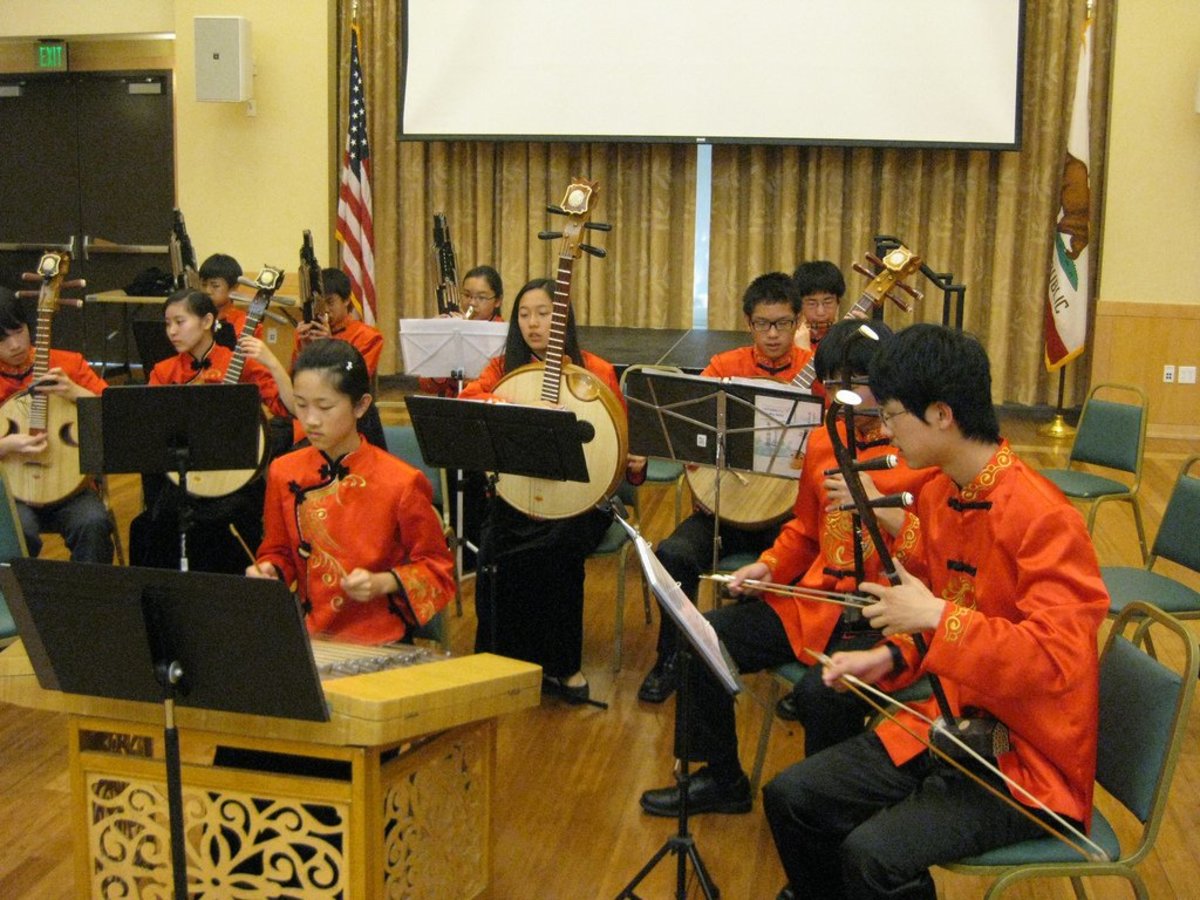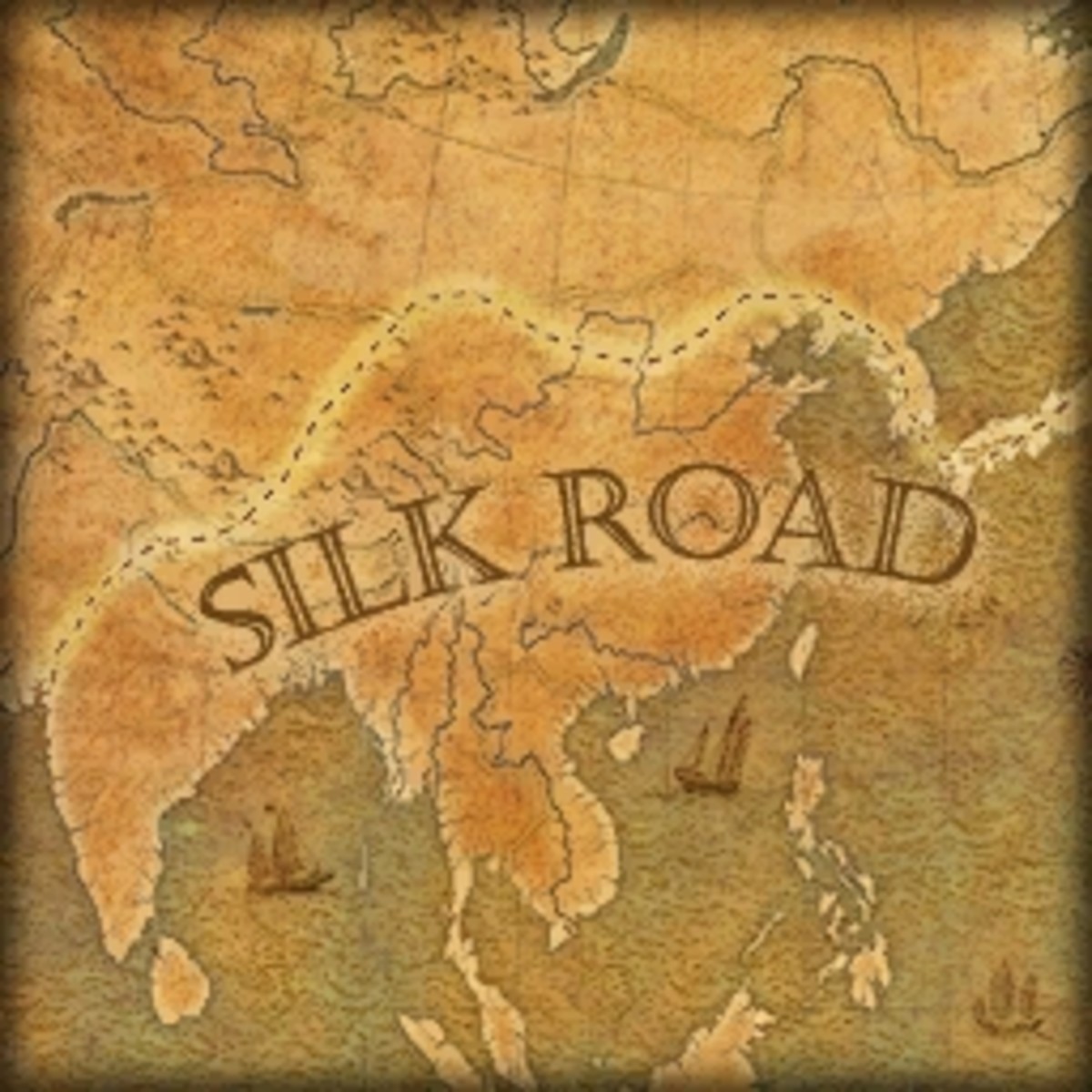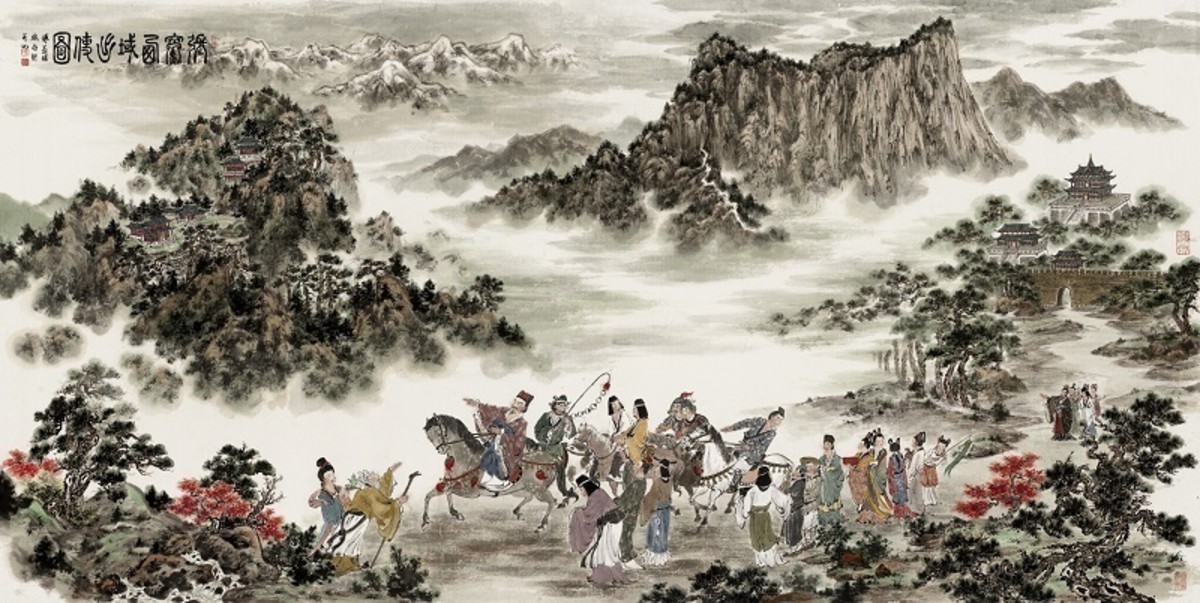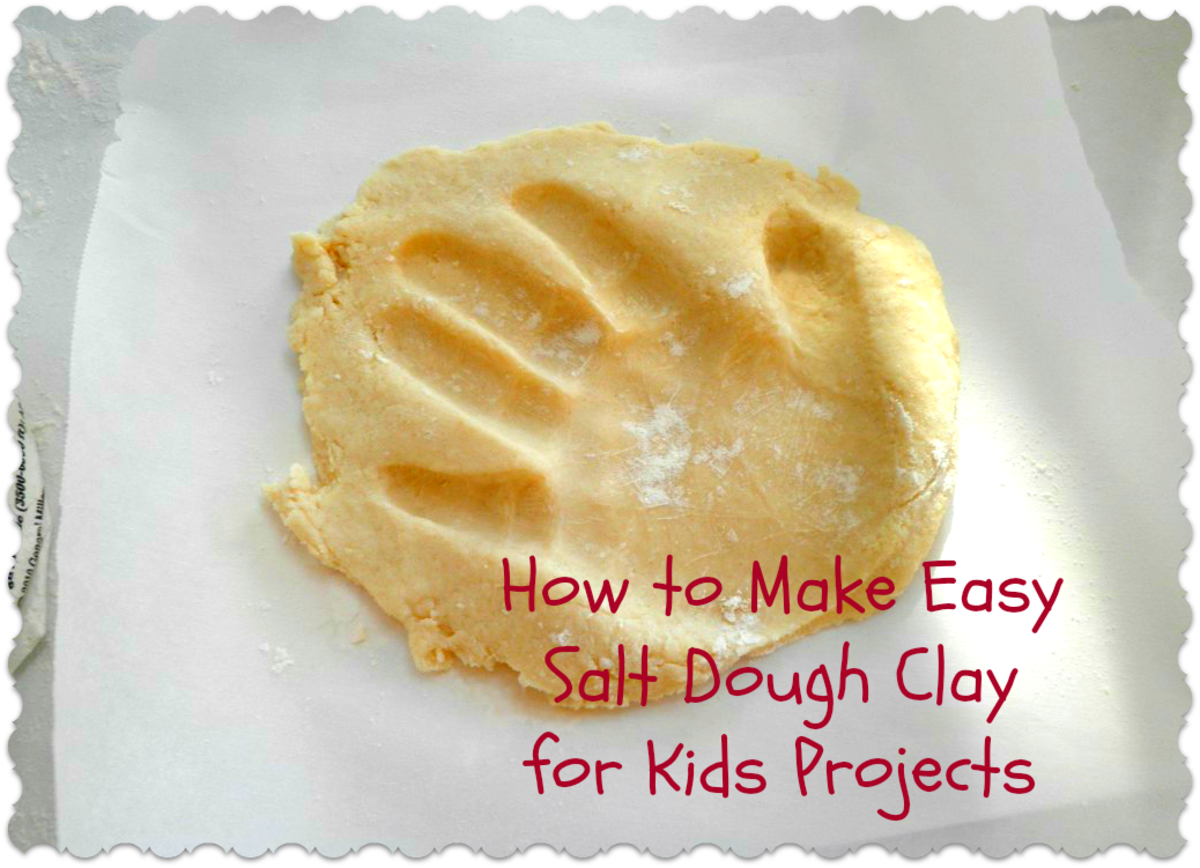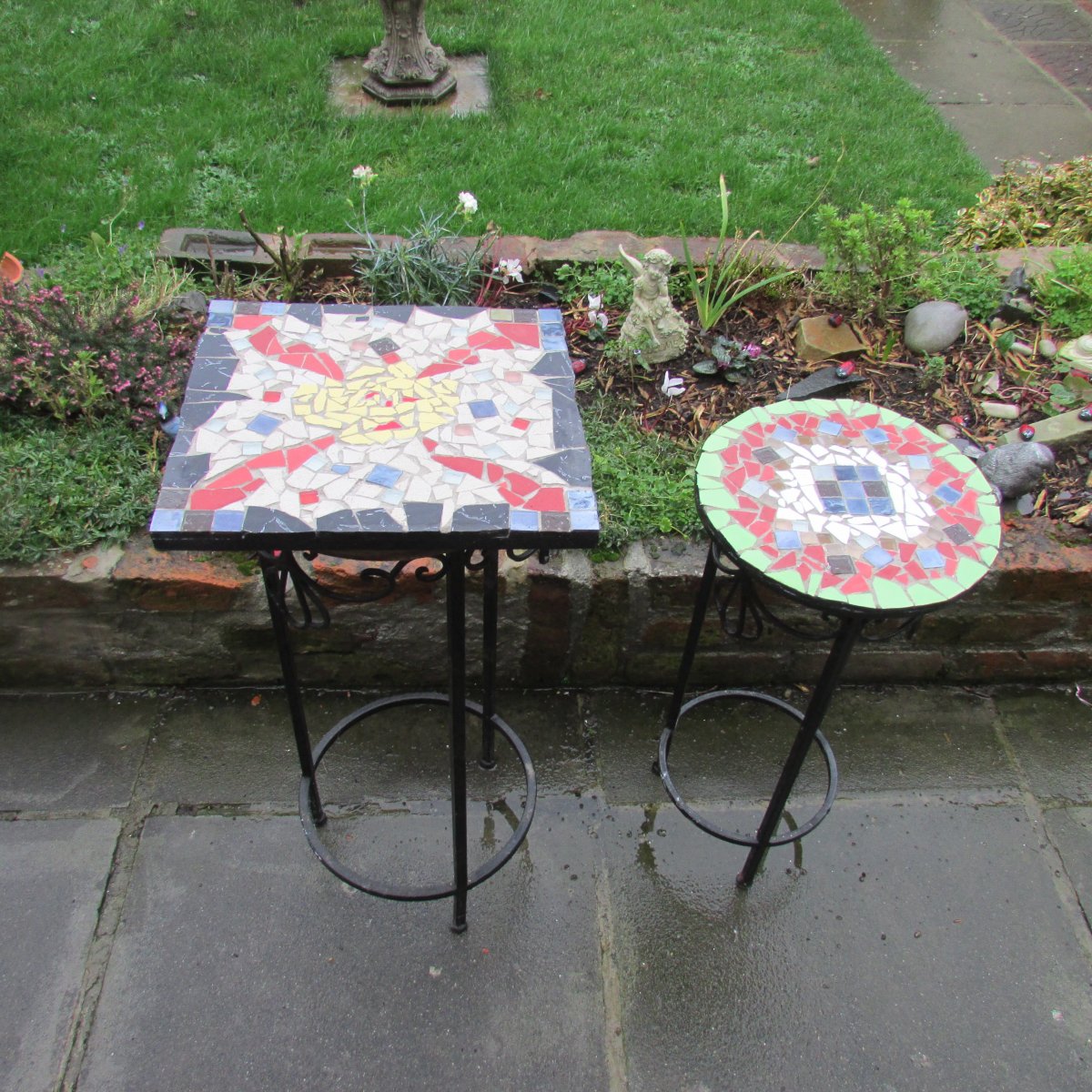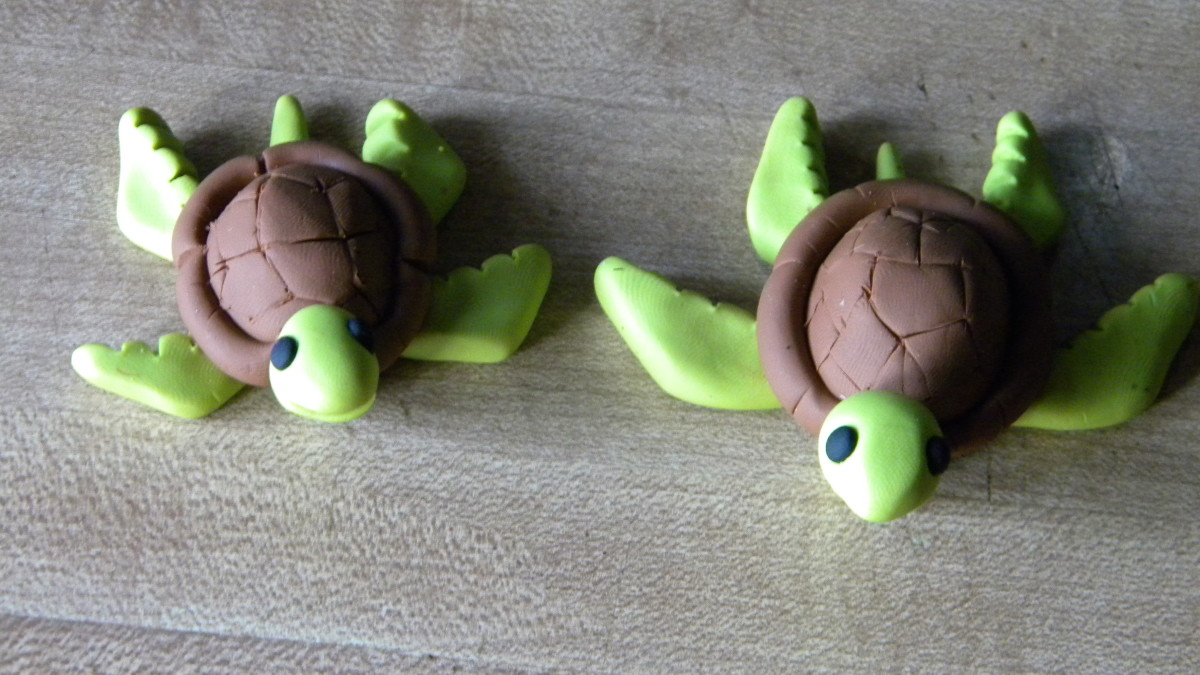A Little Bit About Celadon
Celadon Bottle from the Koryeo (Koryo) Dynasty in Korea
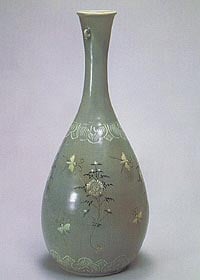
What IS celadon?
In English, the word can refer to three different things:
1. A type of pottery (ware).
2. A glaze for pottery.
3. A color.
1. Celadon is an ancient form of pottery from Longquan, China.
Celadon started in the Longquan region of the Zhejiang province of China. Archaelogist Wang Zhongshu found shards with the ceramic glaze from the Eastern Han Dynast (25 - 220 AD).
Celadon pottery (ware) may have developed form Yue Ware. But, Yue Ware was mostly sort of a tan color, whereas celadon is a lovely light greyish blue-green.
2. Celadon is a glaze for pottery.
The glaze is not the same as the "true" celadon pottery from China, according to Nigel Wood, who wrote Chinese Glazes: Their Origins, Chemistry and Recreation.
True celadon ware has to follow a certain firing process, so pottery that is glazed with a celadon color cannot necessarily be called "celadon" --- Yet, it can be that color anyway. (I think? It gets complicated.)
3. Celadon is a color.
So, it gets really confusing because the glaze (#2) can be colored the color of celadon.
Anything can be the color of celadon.
What color is celadon?
- http://www.colourlovers.com/color/ACE1AF/celadon
celadon color by lesaint. ~~~~I think celadon has a little more grey? On the other hand, screen displays can vary.
Han Dynasty: Yue Ware on the Silk Road
Yue Ware was siliceous (i.e., containing, resembling or consisting of silica) stoneware fired in dragon kilns (see video, below), glazed with wood ash and clay. The State of Yue was near Hangzhou and Shanxi in Northern Zhejian province, where there is a network of waterways, and hills of limestone and granite.
The Han Dynasty was from 206 B.C., until 220 A.D. The earliest Celadon ware is from the Han Dynasty.
It seems that Yue Ware started during the Han Dynasty, and Yue Ware was the forerunner of celadon ware. Now the finest celadons are from Korea, especially the Koryon (Koryeon) Dynasty.
The Silk Road was formally established during the Han Dynasty, 130 BC, when Han formally opened trade with the west. The Silk Road predates the Han, but the Persian Royal Road dates to 500 B.C.
http://www.ancient.eu.com/Silk_Road/
The Silk Road linked the regions of the ancient world in commerce. It was used regularly from 206 B.C., until 1453 A.D., when the Ottoman Empire boycotted trade with the West and closed the routes.
Nigel Wood, Chinese Glazes: their Origins, Chemistry and Recreation. (See link, below.)
What is a Dragon Kiln?
- About dragon kilns | JALAN BAHAR CLAY STUDIOS
What is a dragon kiln? A dragon kiln get its name from its shape - it resembles a dragon with its smoky head at the base of a slope and its tail uphill. It is basically a wood fired kiln, which was in use for many centuries in China.
Spring and Autumn period of the Han Dynasty, 770 - 476 B.C.
Yue Ware started in the south as utilitarian pieces, but eventually became accepted as artistry of a higher level.
Yue ware was sent as tribute ware to the imperial court in North China in the 9th Century A.D.
In China’s most sacred shrine, Famen Temple, Shznxi province, there were fourteen pieces of Yue Ware, along with a single finger bone of the Buddha (Gautama Buddha, Siddhartha Gautama, Sakyamuni).
The pagoda of the Famen Temple was sealed in 874 A.D., and reopened in 1987, when the pagoda collapsed. One of the examples of 9th Century Yu Ware could be mistaken for Longquan celadon of the 12th Century.
It appears, therefore, that celadon ware developed from Yue Ware.
Where did the name "Celadon" come from?
There are several theories about how Celadon got the name.
One theory is that it means "green stone" in Sanskrit.
Sila = Green.
Dhara = Stone.
This is a nice, simple, straightforward theory.

Timeline that Tracks English uses of the name Saladin.
Second Theory
The name Celadon might be related to the name Saladin (Salah - ad - Din), the first Abuyyid sultan, who sent forty pieces of celadon ceramic to Nur - ad Din Zaji, the Sultan of Syria, in 1171 A.D.
Here is a set of flashcards with Muslim history. This page has a "card" referring to the Abuyyids.
A Third Theory of Etymology
Another popular theory is that the color is named for the shepherd named Celadon in a French pastoral novel, L'Astrée, by Honoré d'Urfé.
L'Astrée was the single most influential work of 17th century French literature. It was called the "novel of novels" --- not only because of its influence, but also because of its length: Six parts, forty stories, sixty books, 5,399 pages.
What was its name in the places it came from?
Perhaps it's not fair to say where the name "celadon" came from, when the thing itself --- ware, glaze, or color --- is from eastern civilization.
What was its name in China, Japan, Korea, Egypt, and the other countries it passed through before it arrived in Europe?
The Wikipedia page about celadon has a panel on the right-hand side that gives the name in Chinese, Korean and Japanese, along with the phonetics in Roman letters, and transcription.
Chinese Name for Celadon Ware (Pottery)
Traditional
| Simplified
| Mandarin - Hanyu Pinyin
|
|---|---|---|
青瓷
| 青瓷
| Qīngcí
|
This information is from the Wikipedia page entitled, "Celadon." I hope that I have not displayed anything incorrectly. The link to the page appears to the left.
Korean Name for Celadon Ware
Hangul
| Hanja
| Revised Romanization
| McCune-Reischaur
|
|---|---|---|---|
청자
| 靑瓷
| Cheongja
| Ch'ŏngcha
|
Same comments as for the Chinese table. These names are applicable to the ware.
This is the page displaying the eastern names. You can link to other pages about these languages from here.
Japanese Name for Celadon Ware
Kanji
| Hiragana
| Romanization
|
|---|---|---|
青磁
| せいじ
| Seiji
|
Celadon Exhibit at the Oriental Museum of Ceramics in Osaka, Japan
- Special Exhibition: “The Flower of Jade Green ― Longquan Celadon of the Ming Dynasty”, Recent Archae
Longquan celadon is one of the most popular Chinese ceramic wares among the Japanese people, having been imported to Japan extensively since it was first introduced in Japan
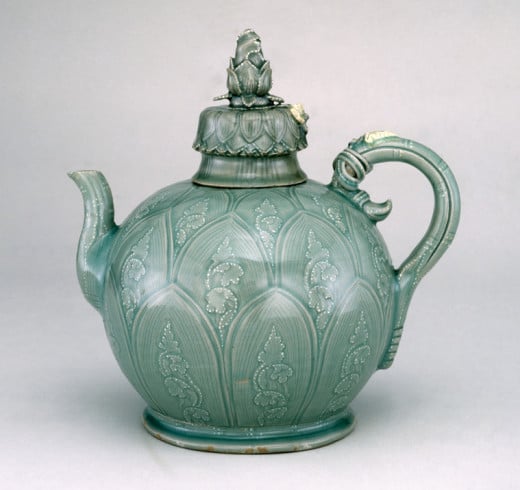
This website for travelers to China includes some information about the Warring States Period.
- Warring States Period (475-221 BC), History, Fact and Culture
Introducing Warring States Period, including history and facts on politics, economics, culture and social life.
Celadon Glaze on a Test Tile of Grey Clay
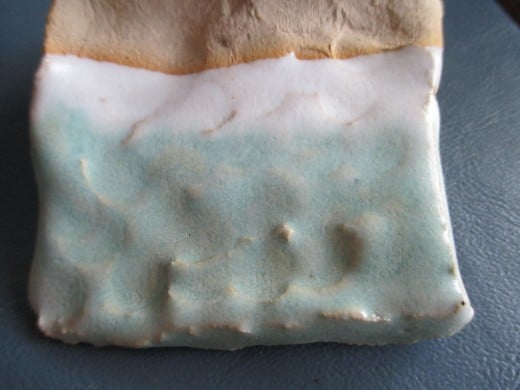
Korean celadon
From an article entitled, "The History of Korean Celadon" on the website Korean-Arts
In the middle of the 10th century Korean artists, some who had been schooled in China, began creating celadon by using inlay and copper glazing techniques which were developed first in China but only fully developed and perfected by Korean artisans. The Korean use of these techniques were unique in the history of pottery. The level of fine quality and beauty they were able to achieve in their work surpassed that of other countries and came to be revered by even the Chinese for [its] elegant, yet simple beauty. The Koryo Royal Court also used some of the finest examples of celadon pottery in their palaces both as vessels for daily use and as objects of fine art.
Beautiful Celadon Vases by Contemporary Artisans
- CELADON VASES - Celadon Vase Collection at NOVICA
Celadon Vases: NOVICA, in association with National Geographic, features a unique Celadon Vase collection handcrafted by talented artisans worldwide.
Firing in a Dragon Kiln, Just Like the Old Days. (Unfortunately, there is no actual celadon ware being made.)
Marilyn wears a lovely skirt of celadon color.
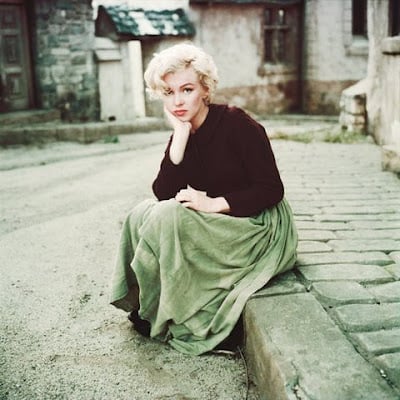
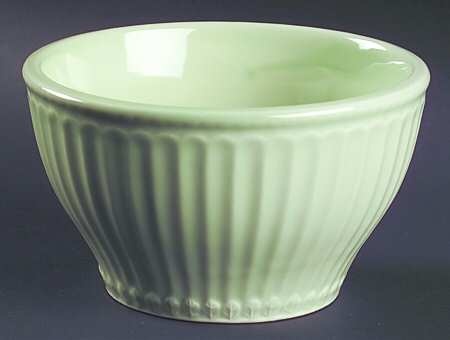
Intangible Heritage of Humanity: Longquan Celadon
- 龙泉青瓷 Longquan celadon ware - Longquan celadon-龙泉青瓷
Longquan Celadon Longquan celadon ware Longquan qingci Longquan celadon (Volume Name: Light Industry) Longquan celadon ware
Chinese Glazes, by Nigel Wood
Chinese Longquan Celadon
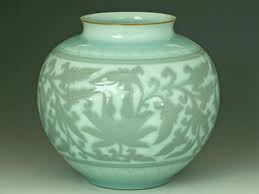
Help and Information for Collectors of Antique Chinese and Japanese Porcelain
- Chinese Porcelain Glossary: Celadon
Glossary of Antique Chinese and Japanese Pottery and Porcelain Terms on wares, glaze, decorations, symbolic meanings and shapes
Pottery Poll
Are you a Potter?
What was I thinking? ~~ Hideously ugly piece of pottery, with nice glazes.
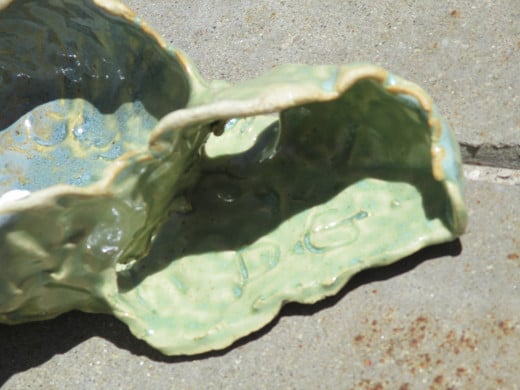
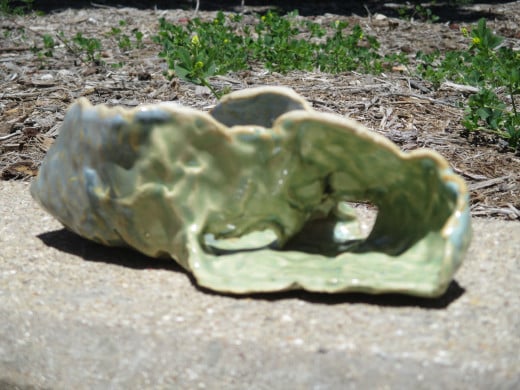
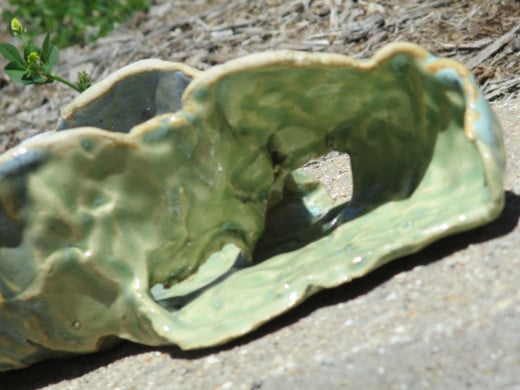
This is from the What Was I Thinking Department?
In my pottery class, the first project was to test the glazes by making small tiles or pots, and glazing each differently.
It seemed that all the glazes were very dark. I was looking for some lighter glazes. The only two I found are on the object to the right --->>,
Those two lighter glazes are celadon and G&S blue.
When I tried them, I didn't want to use another glaze.
After that, the next project was to make a pinch pot; then a freeform object.
The instructor liked how this thing was shaped. She said it would be good for raku. She was probably right, because raku is very dark. At least that would have hidden some of the ugliness of this piece of pottery.
I didn't go to the raku firing. I don't want any dark pots, cups, mugs or bowls. They're depressing, and you can't tell if they're clean inside.
So, I just glazed this free form piece with my two favorite glazes.
Voila!!
Beautiful colors.
Hideous object.




